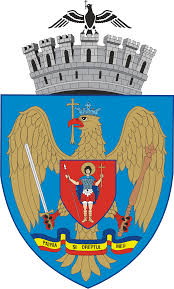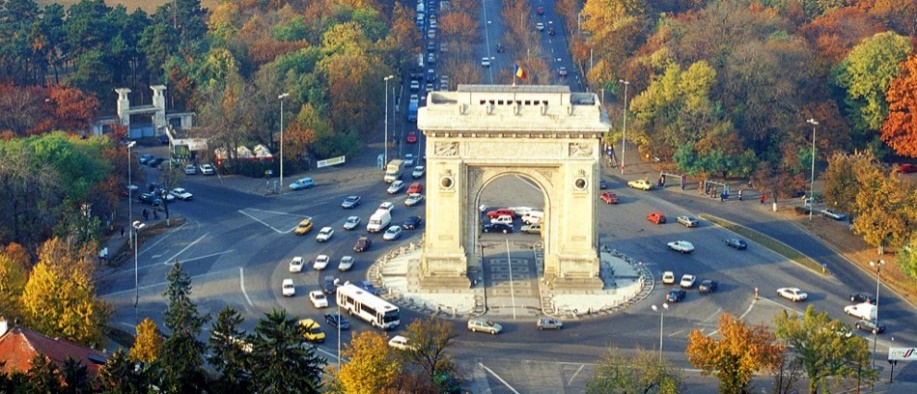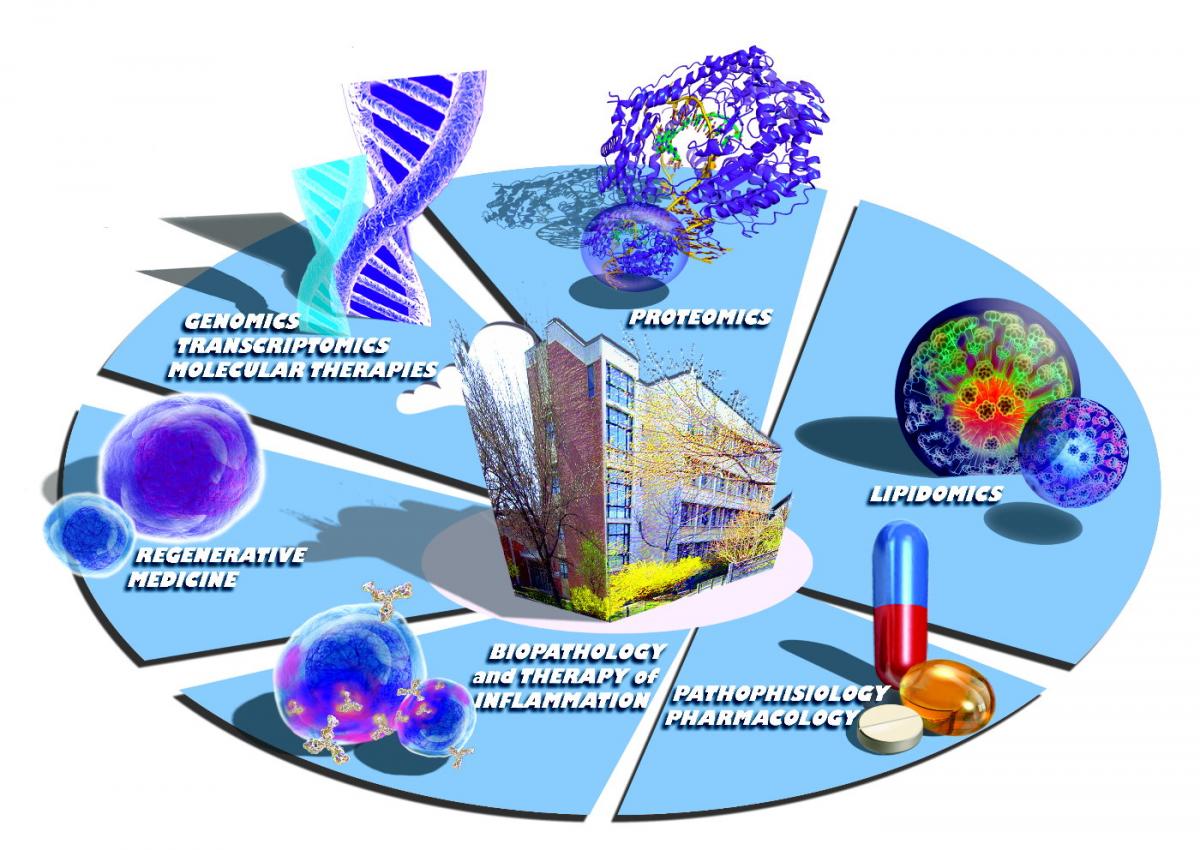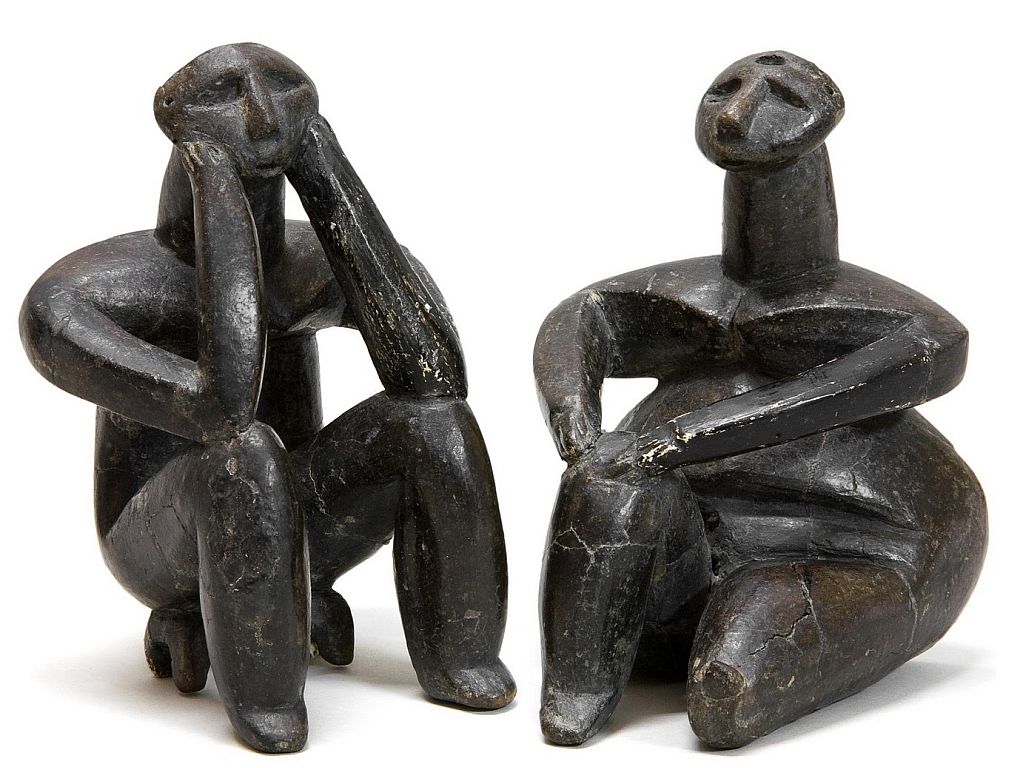- HOME
- Vienna 2024
- Lithuania 2023
- 16th CEEPC Prague 2022
- Proteome & Proteomics
- Proteomics Potentiality
- Precision Medicine & Cancer
- Proteomics and COVID-19
- Big Data & AI
- Spotlight Lithuania
- Humanity
- Meeting Reports & Tributes
- Country Profiles
- Proteomic Snippets
- Enabling Advances
- Spotlight Czech Republic
- Spotlight Poland
- 13th CEEPC - Ustron, Poland
- Spotlight Romania
- 12th CEEPC - Bucharest
- Spotlight Slovakia
- Spotlight Macedonia
- Sports Medicine
- Contacts & Copyrights
Romania and its incredible progress
CEEPC Country Focus: 'Romania'


https://ceepc2018.wixsite.com/bucharest

Felicia Antohe's invitation to Bucharest supported by Chairman - Suresh Jivan Gadher

Synopsis: In keeping with CEEPC intentions and ethos, Romania was invited to join in 2012 and this ‘spotlight focus’ gives an insight into their academic activities, ambiance and aspirations.
CEEPC Representative for Romania: Felicia Antohe PhD. - (seen above announcing the 12th CEEPC in Kosice)

Arch of Triumph in Bucharest
Logos with permission


Institute of Cellular Biology and Pathology “N. Simionescu”
Address: 8, B.P.HASDEU Street, district 5, Bucharest
Postal Code: 050568, PO Box 35-14
Phone: (+4021)319.45.18
Fax: (+4021)319.45.19
Credo: Cell and Molecular Biology for the Benefit of Human Health
History
The Institute of Cellular Biology and Pathology “N. Simionescu” functions under the auspices of the Romanian Academy. The idea of a Romanian research center for cell biology and pathology dates back to 1970, when Professors Nicolae and Maya Simionescu (co-founders of the Institute), at the invitation of George Emil Palade - Nobel Prize Laureate, attended Rockefeller University, New York, USA. After nine years, the Institute was officially opened in 1979 and after 10 years of activity became a member institution of the UNESCO Molecular Cell Biology Network (1990) and a Center of Excellence of the Romanian Academy in 2000. It was selected by competition as a 'Centre of Excellence of the European Community' in 2000.
Mission:
- To uncover the patho-biochemical alterations occurring in the heart and blood vessels that lead to atherosclerosis, diabetes, obesity, metabolic syndrome;
- To translate the knowledge from "bench to bedside" for the benefit of patients; prevention, early diagnosis, better therapeutic control, and ultimately cure of diseases.
Major Aims:
- Biomedical Research - Cellular and molecular biology and patho-biochemistry of the cardiovascular system;
- Teaching and Education - Master and PhD programs, specialization, post-university training courses;
- Promotion of modern Cell Biology and Pathology in Romania;

Existing Facilities:
- Cell culture laboratory (establishment and characterization original pure cell lines; cryo-preservation; development of new procedures for cell isolation, selection and culture);
- Exploratory laboratory (processing of biological specimens - tissue fragments and culture cells – to be used for electron microscopy, frozen sections, paraffin sections and for immunofluorescence and immunocytochemistry);
- Bio-archive system (cryo-preservation and accommodation of cells and tissues to be employed in studies of tissue engineering, gene therapy and tissue regeneration in degenerative diseases);
- Flow Cytometry laboratory (detection, acquisition, and sorting of combined multi-fluorescent single cells of various origin);
- Bioinformatics platform (creation and maintenance of databases for storing, retrieval and analysis of various biological data);
- Experimental Modeling platform (provides SPF conditions for housing laboratory animals in accordance with the European standards; facilitates imaging and non-invasive exploration, determination of patho-physiological parameters, transplantation studies, and re-derivation/embryo transfer techniques).
PROTEOMIC GOALS
To extend our studies beyond the classical methods (biochemical, immunological, microscopical, etc.) to top level proteomic approach using high performance qualitative and quantitative mass spectrometry equipment, namely LTQ Orbitrap VelosPro with the highest power of resolution and sensitivity of targeted proteomics and the extremely selective triple quadrupole mass spectrometer TSQ Vantage recently acquired from a competitive grant from European Community Structural Funds, CARDIOPRO (2009-2012).
Main Research Areas:
I. Alarmins and membrane proteins in health and disease. Alarmins (HMGB1, HSP proteins, annexin family) are endogenous chemotactic activators released under stress condition that induce specific cellular responses by interactions with receptors located in the membrane lipid bilayer.
II. Analytical proteomics of proteins isolated from normal and activated cells/tissue fragments subjected to various risk factors (hyperlipidemic diet, hyperglycemia, reactive oxygen species) for cardiovascular diseases and their complications (atherosclerosis, diabetes). The benefits could be the uncovering of new biomarkers (or set of biomarkers) related to certain cellular dysfunctions, or relevant receptors and/or components of the signaling pathways altered under stress factors, and important post-translational modifications of proteins responsible for vascular pathologies; all these new data could become targets for personalized therapies.
III. Functional proteomics aiming to study the molecular structure and the functional interactions between proteins. This will make possible to generate theories that could lead to novel therapeutic strategies in cardiovascular pathology. Previously unknown proteins may be discovered by their association with one or more proteins that are already known.

Adapted from Boteanu et al., 2016
Experimental procedure workflow for the investigation of the inflammatory response associated with atherosclerosis, diabetes and cancer. Alarmins (HMGB1, S100 and HSPs protein families) or endogenous danger signals are critical players of immune response to tissue damage. They are released into the extracellular environment, bind to specific receptors that promote activation of different signaling pathways inducing response of innate immune cells, cell differentiation, cell death or secretion of inflammatory mediators. Biochemical and mass spectrometry proteomic data highlight the close implication of alarmins in maintaining and amplifying inflammation in atherosclerosis, diabetes and cancer. Notable results were included in two centralized, standards compliant, public domain repositories: The RaftProt (Mammalian Lipid Raft Proteome) and PRIDE (PRoteomics IDEntifications) databases as reliable mass spectra validated evidence, handled by expert bio-curators.
The department’s projects involve mainly mass spectrometry-based proteomic experiments using the LTQ Orbitrap Velos Pro ETD high performance mass spectrometer (Thermo Scientific) together with the Easy nLC II nano-chromatography system (Thermo Scientific), but actual and future studies also rely on the powerful Selected Reaction Monitoring methodology using the TSQ Vantage (Thermo Scientific) triple-quadrople mass spectrometer.
Infrastructure direct public link in ERRIS: https://erris.gov.ro/Department-of-Proteomics
Recent publications:
- Boteanu RM, Suica VI, Uyy E, Ivan L, Dima S, Popescu I, Simionescu M, Antohe F. Alarmins in chronic noncommunicable diseases: atherosclerosis, diabetes and cancer, Journal of Proteomics, 2017 Feb 5; 153:21-29
- Uyy E, Suica VI, Boteanu RM, Manda D, Baciu AE, Badiu C, Antohe F. Endoplasmic Reticulum Chaperones Are Potential Active Factors in Thyroid Tumorigenesis. J Proteome Res., 2016 Sep 2; 15(9):3377-87
- Suica VI, Uyy E, Boteanu RM, Ivan L, Antohe F. Comparative proteomic analysis of membrane microdomains isolated from two hyperlipidemic animal models, Biochim Biophys Acta - Proteins and Proteomics, 2016 Sep; 1864(9):1061-1071
Recent projects in collaboration as P2 partner or coordinator of the department:
- PNII-PCCA 153/2012 (2012-2016), Manufacture of osteo-inductive orthopedic implants with 3D gradual hierarchical structure (FABIO3D), P2.
- PNII-PCCA 135/2012 (2012-2016), Molecular markers as predictors of post-therapeutic evolution and prognosis in the management of differentiated thyroid carcinoma (GENITIR), P2.
- PNII-PCCA 90/2012 (2012-2016), The role of S100A4 and MAP4K4 in the progression of pancreatic ductal adenocarcinoma (S100MAP), P2.
- PNII-PCE 346/2007 (2007-2010), Cell and molecular mechanisms involved in the development of atherosclerotic plaque, Coordinator.

CEEPC prides itself as a 'Treasure Trove' of Central and Eastern European Cultures and includes Romania with its exciting successes and 6 ‘C’s
Colour, Culture, Contours, Costume, Cuisine & a Wonderful Capital
- see for yourself !
Colours

Bigar waterfall

Bucegi mountains
Culture

The ‘thinker and sitting woman’ from Hamangia, dating back to 5000 BC,
Contours

Transfagarasean road
Costumes

Cuisine


Capital

Bucharest
 .....................Promoting Romanian Proteomics
.....................Promoting Romanian Proteomics

